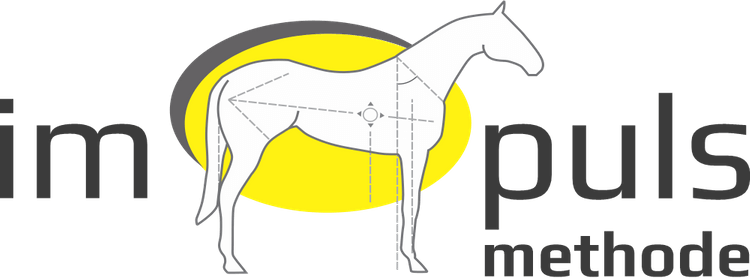Start of pre-season preparation
Spring is here and the start of the competition season is just a month or two away. For those who have taken it easy over the winter, it's time to get back to training. For those who have been training over the winter, the next phase of pre-season preparation begins.
As the saying goes "failing to plan is planning to fail", now is a good time to start planning your competition. Once that's done, you can start planning your training so that your horse's performance curve peaks at the right time.
Tip 1: Incorporate some new techniques into your training to achieve your competition goals. Ask a professional trainer for advice on how to get your horse fit and improve its performance.
Take it slowly. Do you remember how your muscles ache (keyword: sore muscles) when you start the new sports season? Your horse's muscles also need to be prepared for the hard training first. Remember to incorporate recovery breaks and alternative training (cross-training), as I have described in my previous blogs.
Tip 2: Start slowly - not only with the technique training, but also with the fitness units.
Be aware of the areas in which you can improve. You and your horse are a team and must always work together. You have your strengths and weaknesses just like your horse and both have a right to training breaks.
Tip 3: Intersperse your troubleshooting training with sessions in which you do what you are both already good at as a reward. This way, you will draw a lot of positive energy from your training sessions.
There are various ways in which you can increase your horse's training workload: Duration, intensity and frequency. Each has its advantages. However, avoid increasing the workload in all areas at the same time. This leads to overloading and can cause fatigue problems.
Tip 4: As explained above, plan your training properly. I recommend increasing your training load every 2 to 3 weeks at most.
Check your horse's condition regularly! This is really important. Decisive parameters are, for example: Heart rate, breathing rate, temperature etc. The fitter your horse is, the faster these values will return to their standard values after exertion. This fact is ideal for monitoring the development of your horse's condition. I also strongly recommend regular vet checks, even if everything seems to be in order.
Tip 5: Measure your horse's condition-related parameters regularly. Record the results in order to recognise changes and adjust or improve your training plan if necessary.
Remember to find a good balance between periods of exertion and rest to avoid overloading problems. Monitor your horse's fitness to recognise when you can increase the training workload.
Good luck for the upcoming season!




